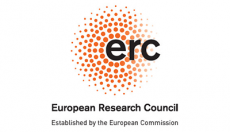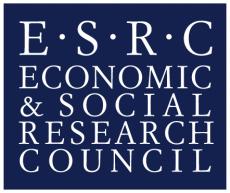Mind The Gap! A Closer Look at the Inconsistencies in the EU-Turkey Statement Progress Reports
Posted
Time to read
Guest post by Dr Meltem Ineli-Ciger, Assistant Professor at the Suleyman Demirel University, Faculty of Law. She holds an LLM in international law and a PhD degree from the University of Bristol. Meltem has published widely in the area of international and European asylum law and is the author of Temporary Protection in Law and Practice (Brill forthcoming). Her current research focuses on Turkish asylum law, Syrian refugees and the EU-Turkey cooperation in the field of migration.
Today, Turkey is host to approximately 3.4 million refugees and asylum seekers, including more than 3.2 million Syrians. Due to its strategic location, Turkey has been a transit country for migrants and refugees, a necessary stop on their way to Europe. In 2015, nearly one million people arrived irregularly in Europe by sea, with more than 856,723 refugees and migrants traveling to Greece by sea from Turkey. This explains why cooperation with the Turkish government has become an essential part of the European policy to manage migration.
On 18 March 2016, EU and Turkey adopted the EU-Turkey Statement, which aimed to end irregular migration from Turkey to the EU.
A similar gap exists in all the previous EU Commission reports: for instance, in the sixth report, at least 255 persons who have been returned from Greece to Turkey, are left unaccounted for. These reports are published in order to explain what has happened to all those who have been returned from Greece to Turkey following the EU-Turkey Statement. One of their aims is to assure the public that no one is subjected to refoulement upon their return to Turkey; thus ascertaining that Turkey is indeed a safe third country. Therefore, the fact that these documents omit a considerable number of persons raises serious concerns about whether the returns under the EU-Turkey Statement respect the principle of non-refoulement and if they are being monitored closely enough.
The reporting gap may simply arise from a different calculation method employed by the EU Commission or from a simple mistake. If this is the case, it could simply be remedied with an additional explanation or a note in future reports. However, if the Commission cannot explain what has happened to the people unaccounted for in its reports upon their return to Turkey, this could raise serious questions regarding the conformity of the EU-Turkey Statement arrangements with EU law, the 1951 Convention and the principle of non-refoulement. If the EU Commission wishes to prove its claim that Turkey is a safe third country and to address the legal criticisms raised by a number of studies and NGO reports, it needs to provide credible and clear data on the returnees since March 2016 in a manner which leaves no room for doubt and uncertainty.
Any comments about this post? Get in touch with us! Send us an email, or post a comment here or on Facebook. You can also tweet us.
__________
How to cite this blog post (Harvard style)
Ineli-Ciger, Μ. (2017) Mind The Gap! A Closer Look at the Inconsistencies in the EU-Turkey Statement Progress Reports. Available at: https://www.law.ox.ac.uk/research-subject-groups/centre-criminology/centreborder-criminologies/blog/2017/10/mind-gap-closer (Accessed [date]).
Share
YOU MAY ALSO BE INTERESTED IN
With the support of









